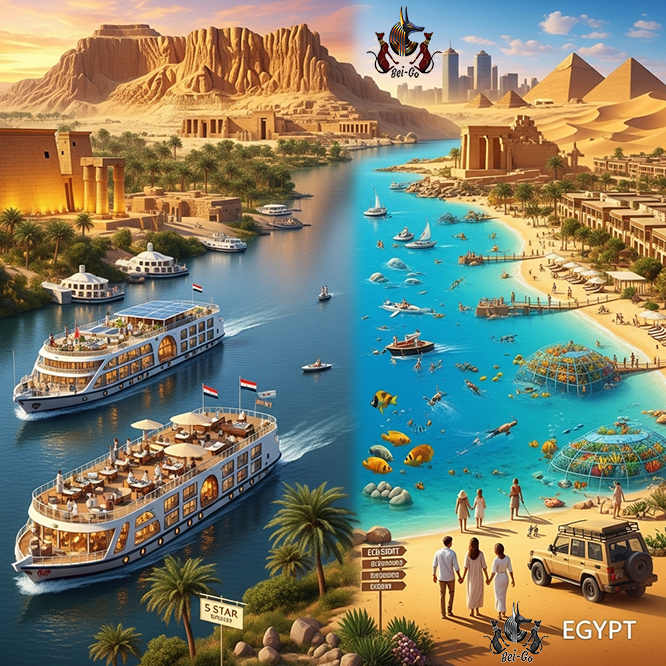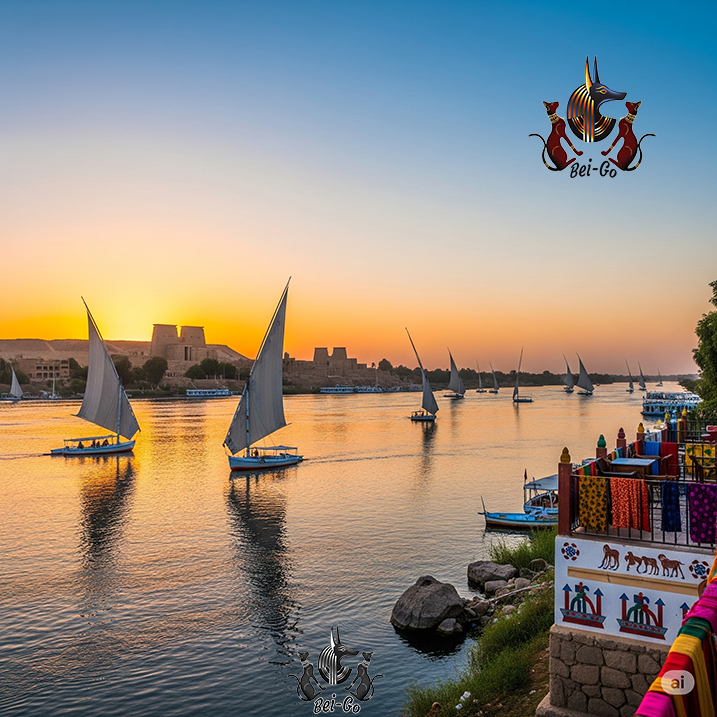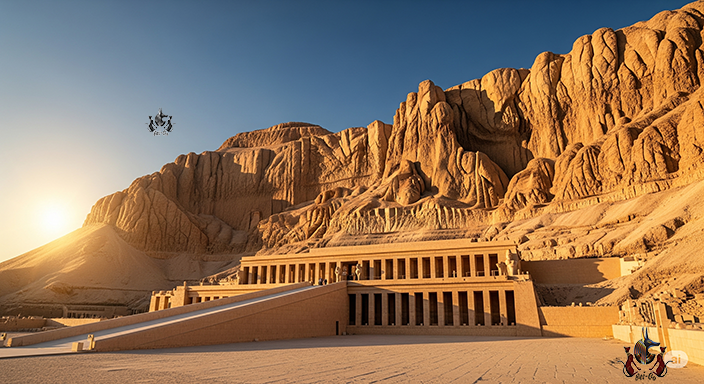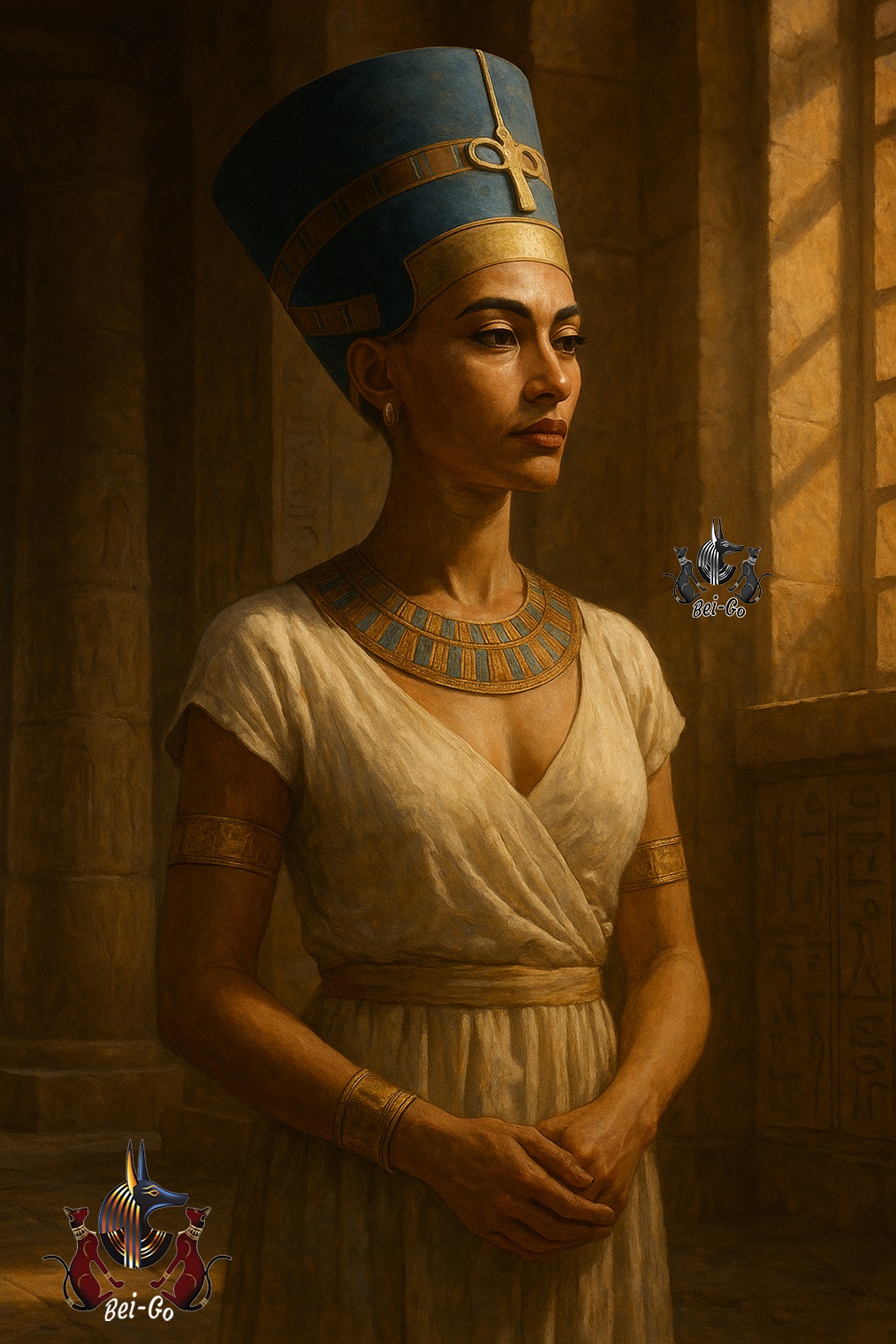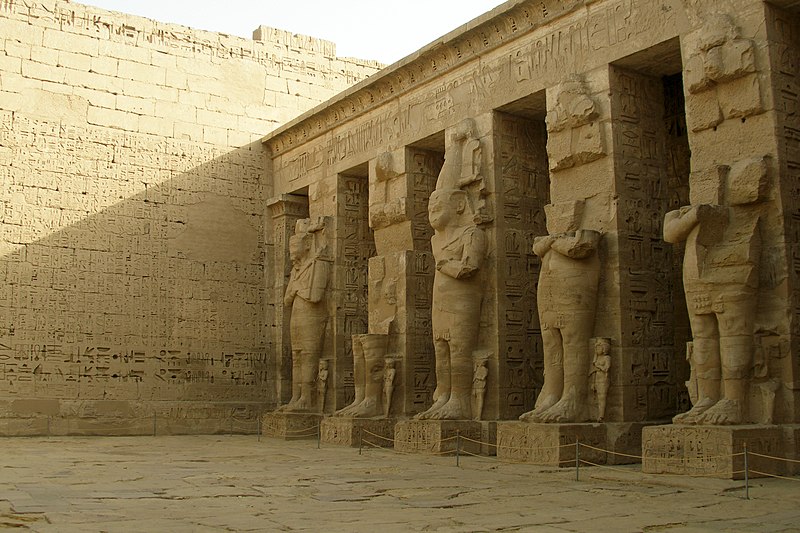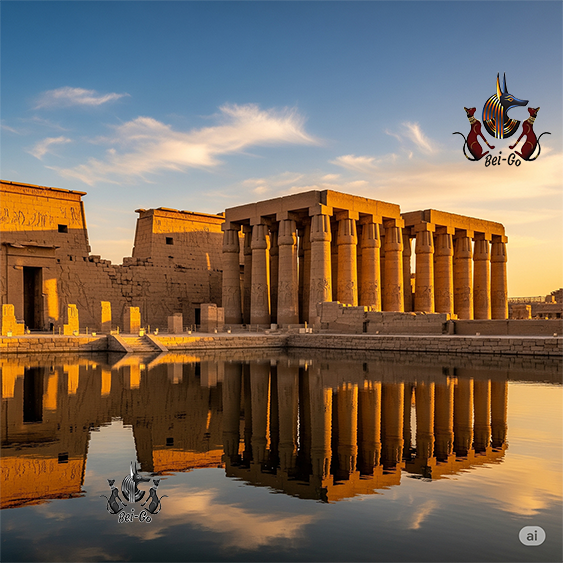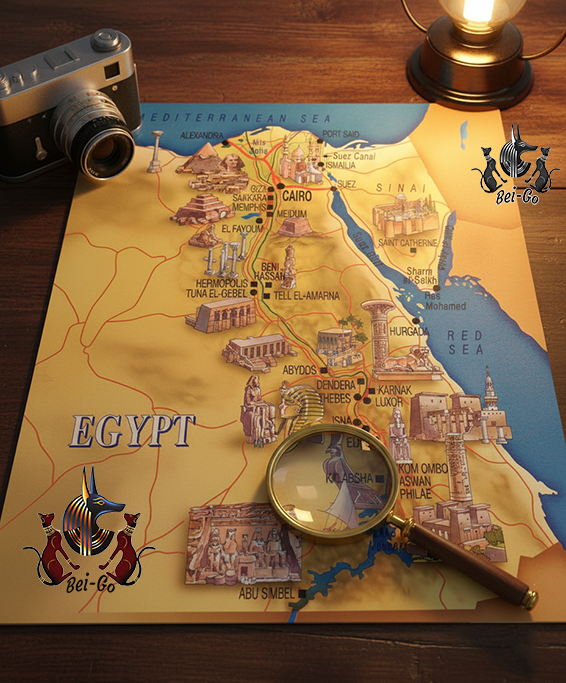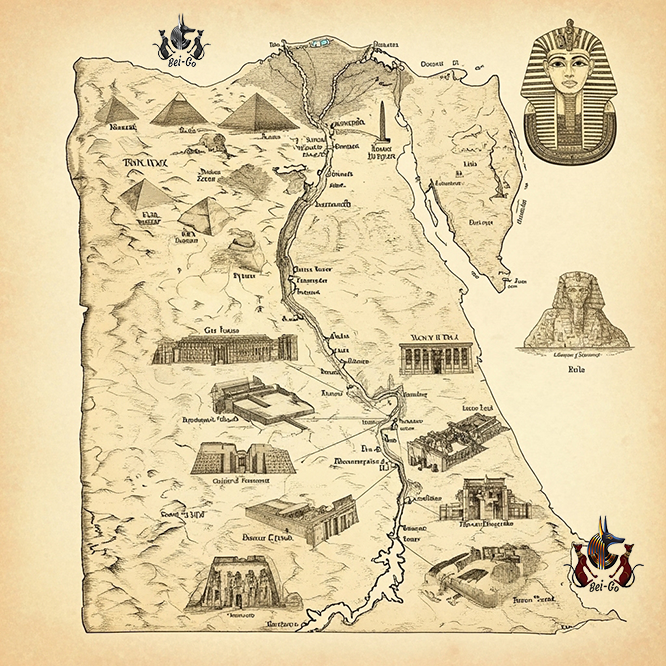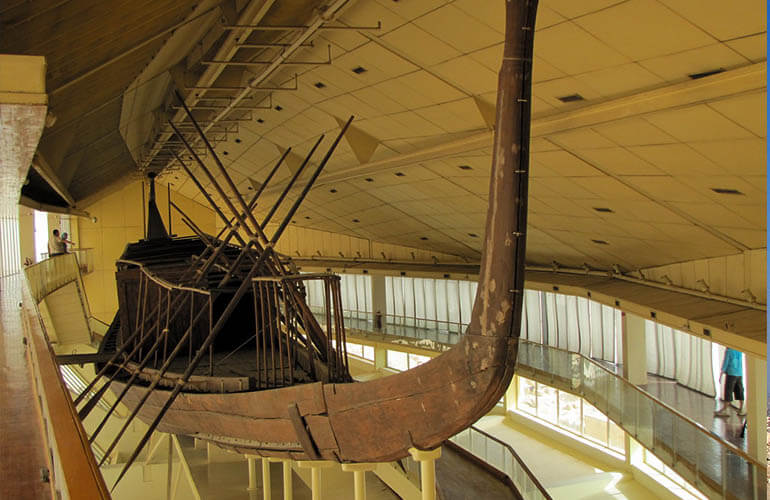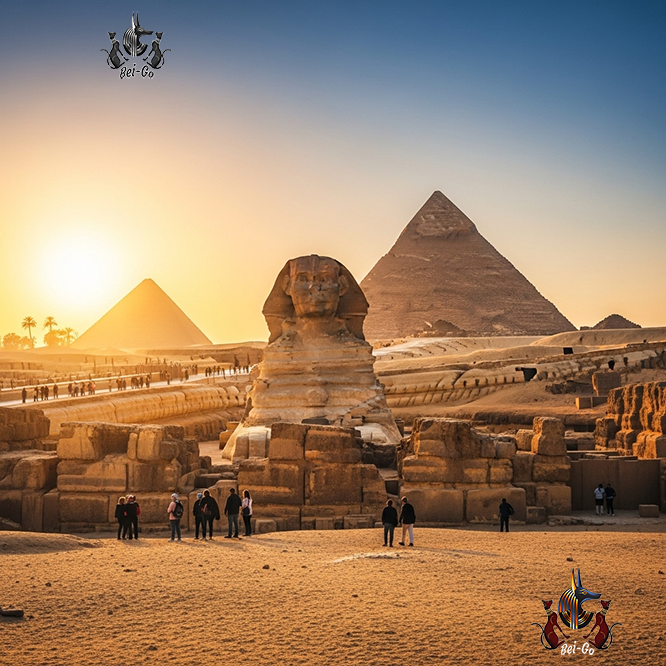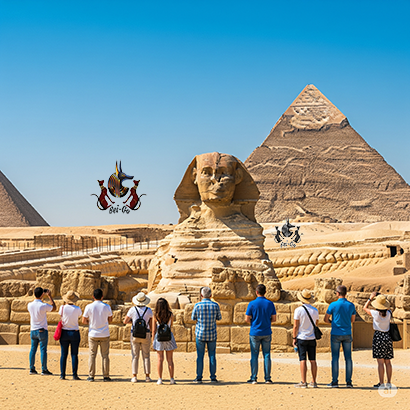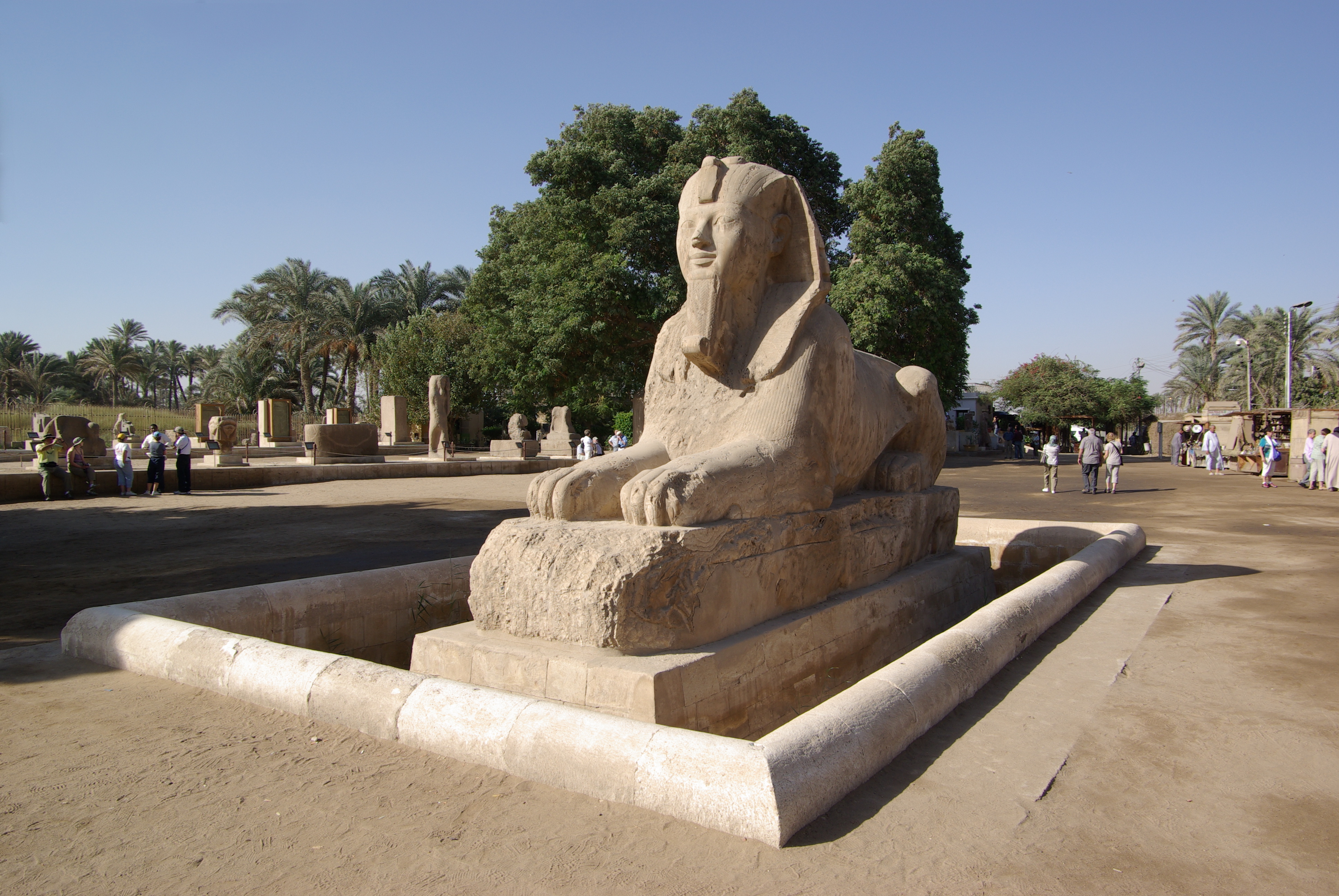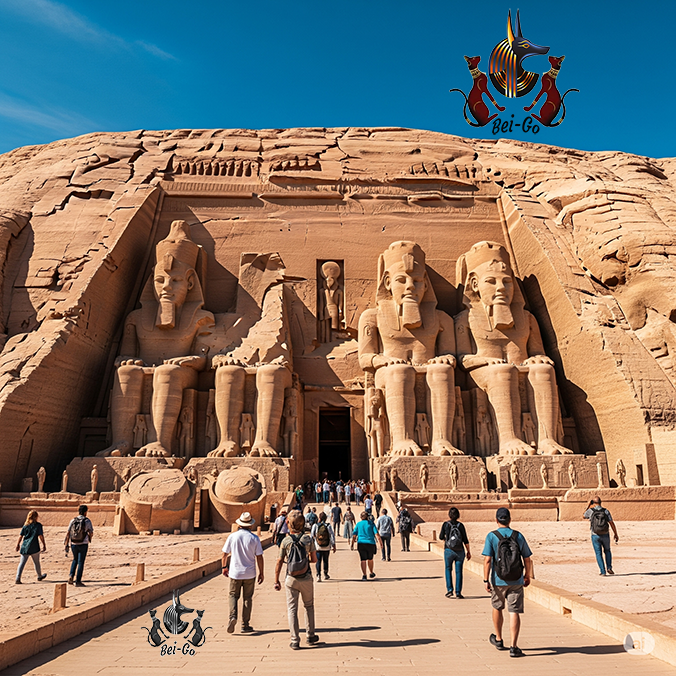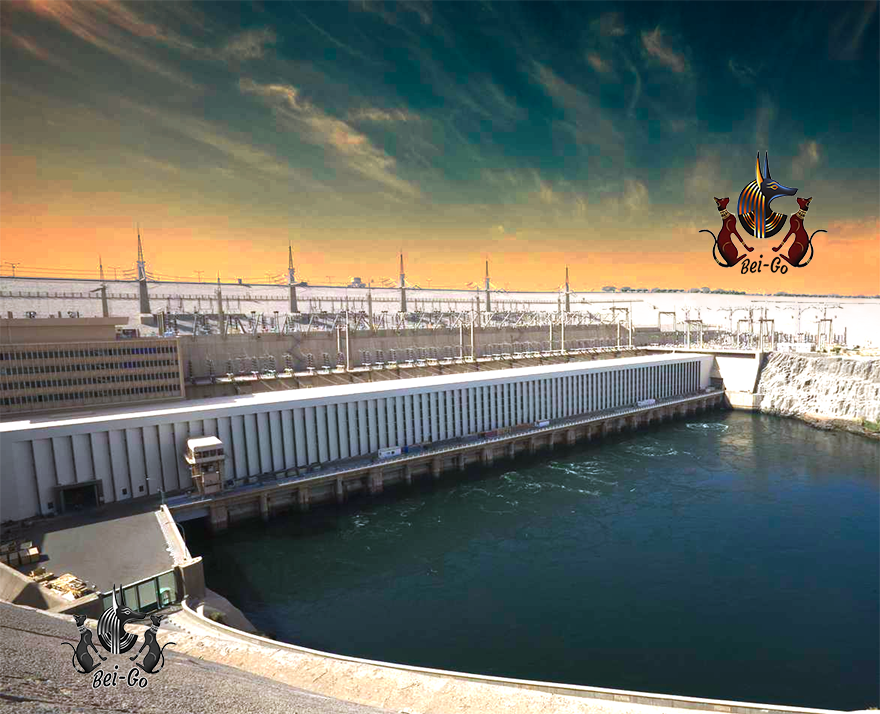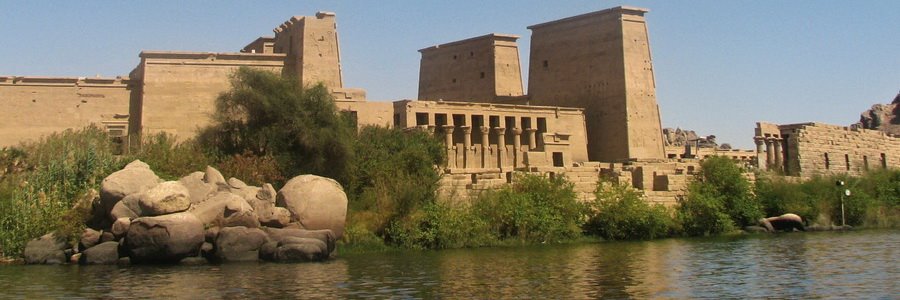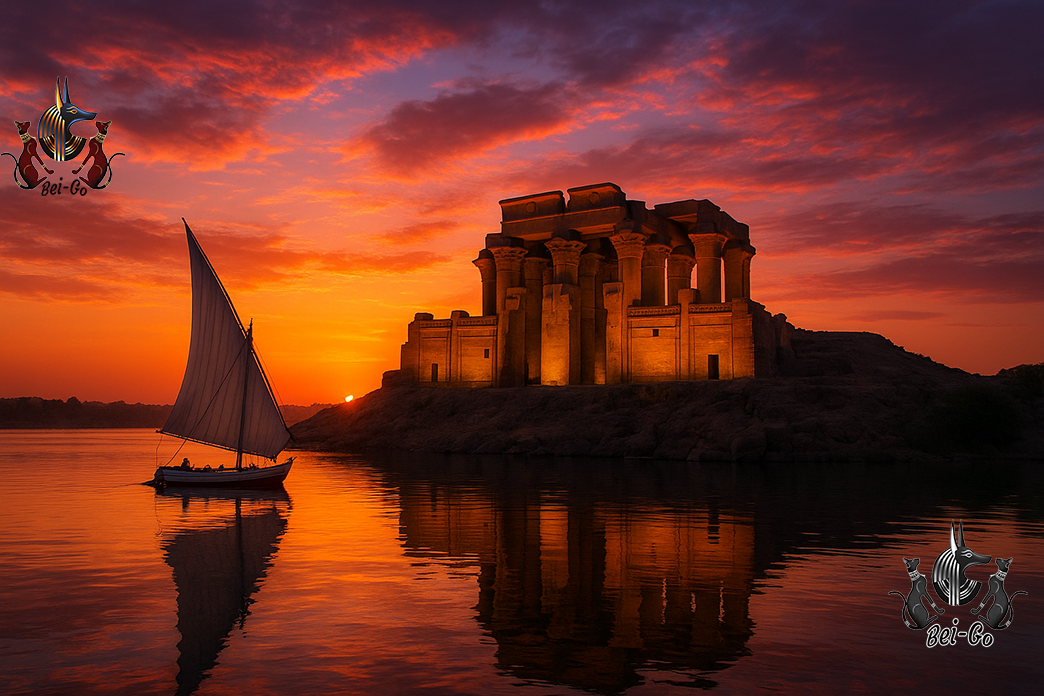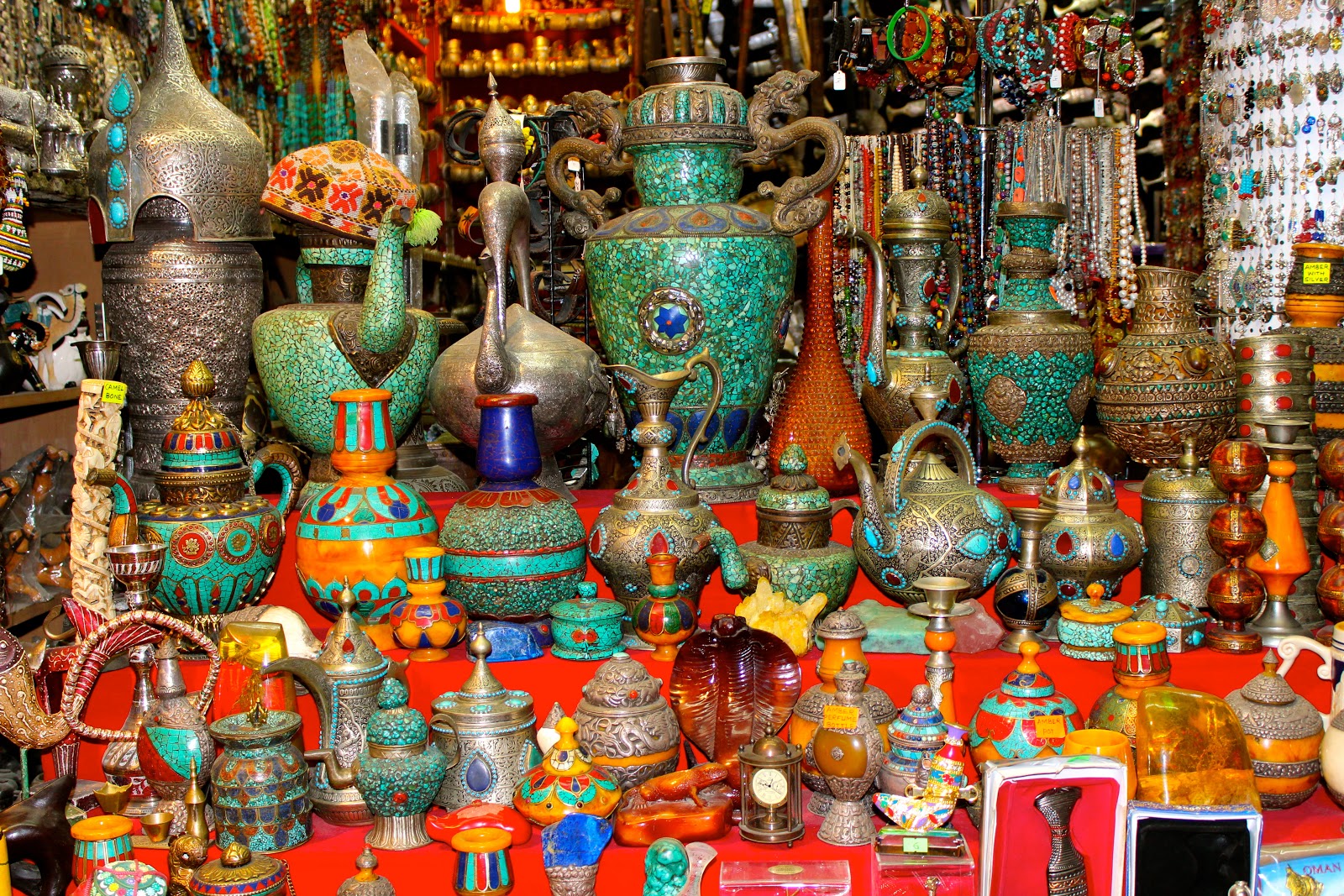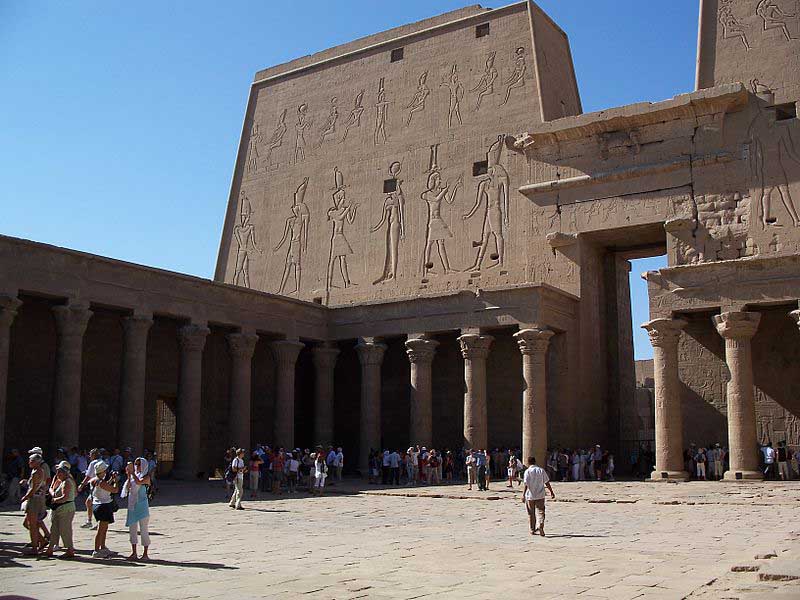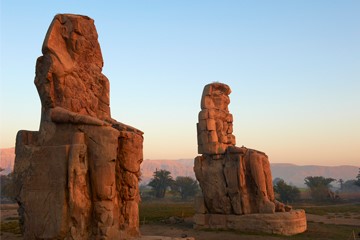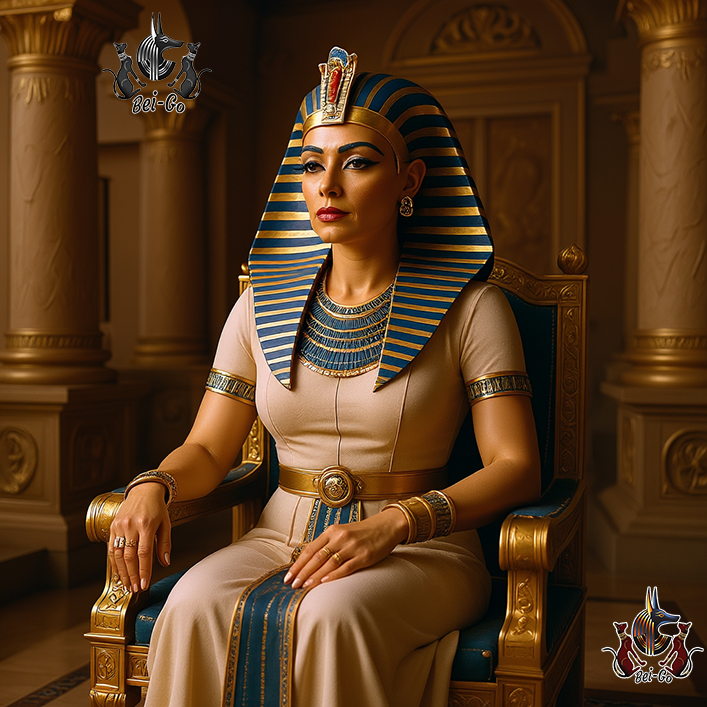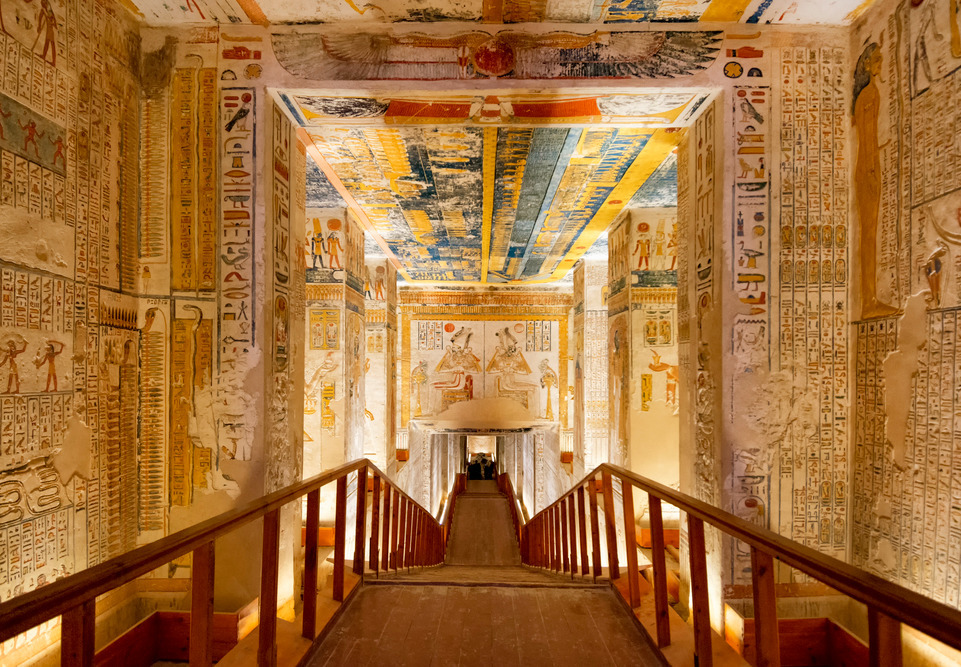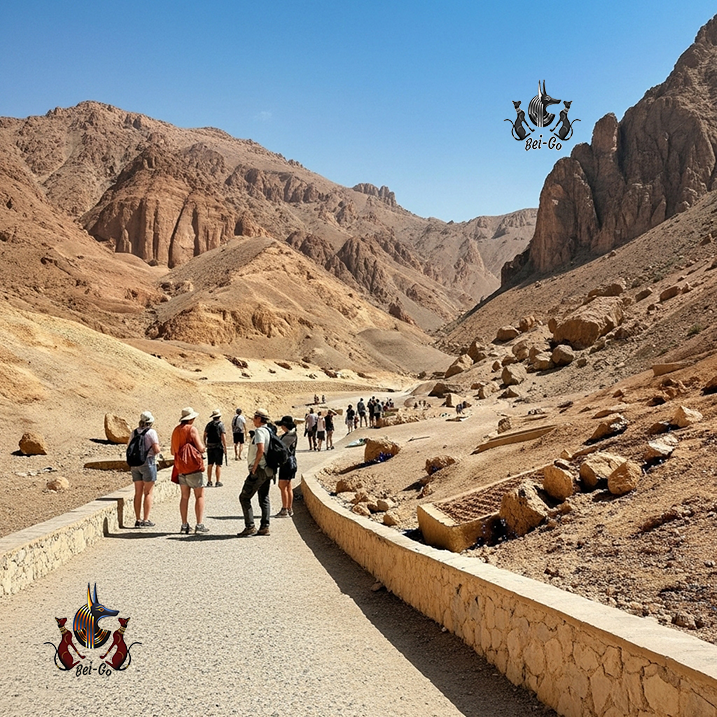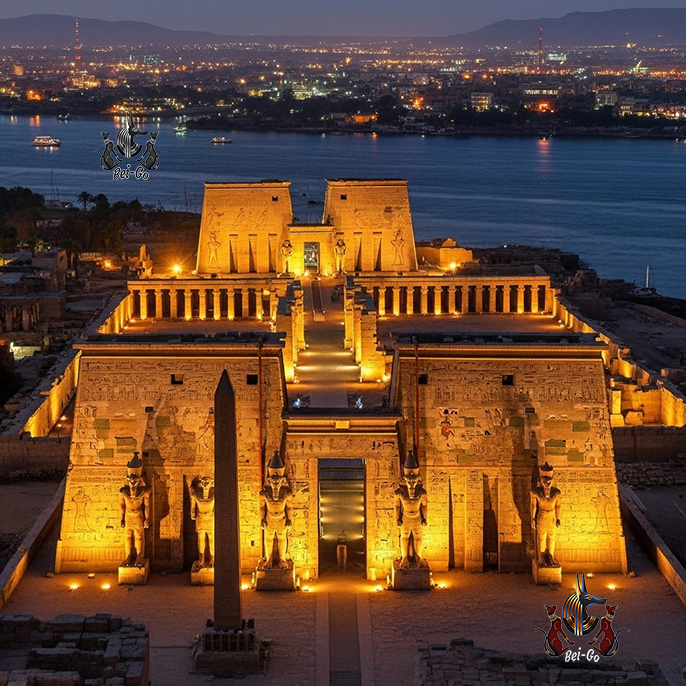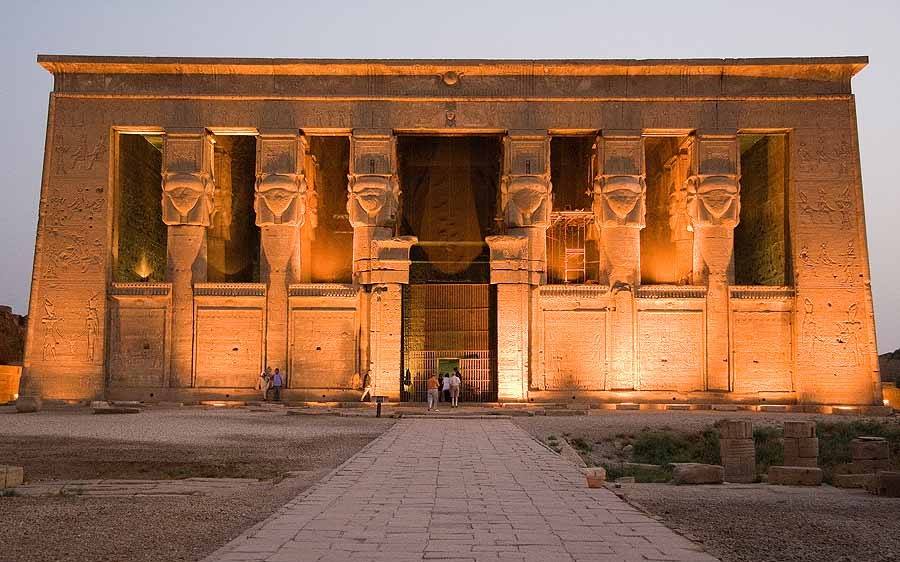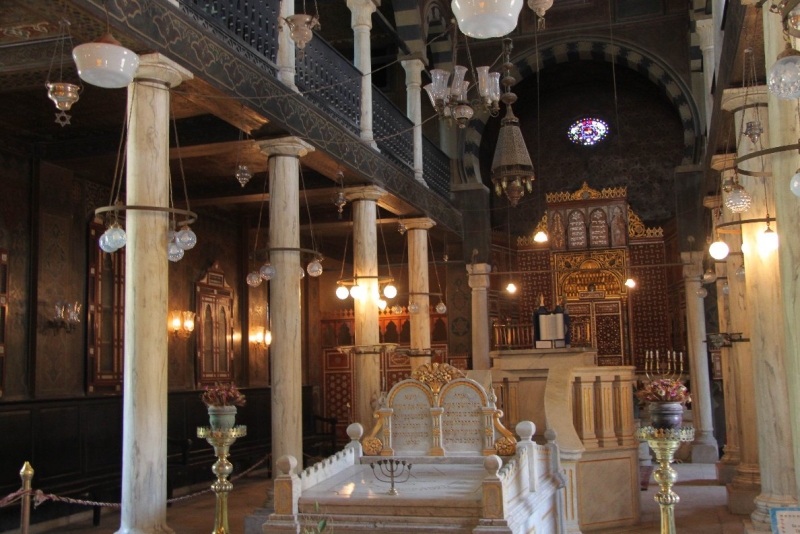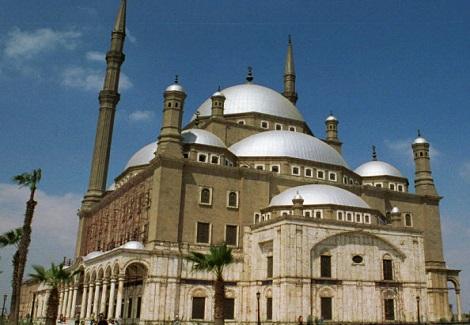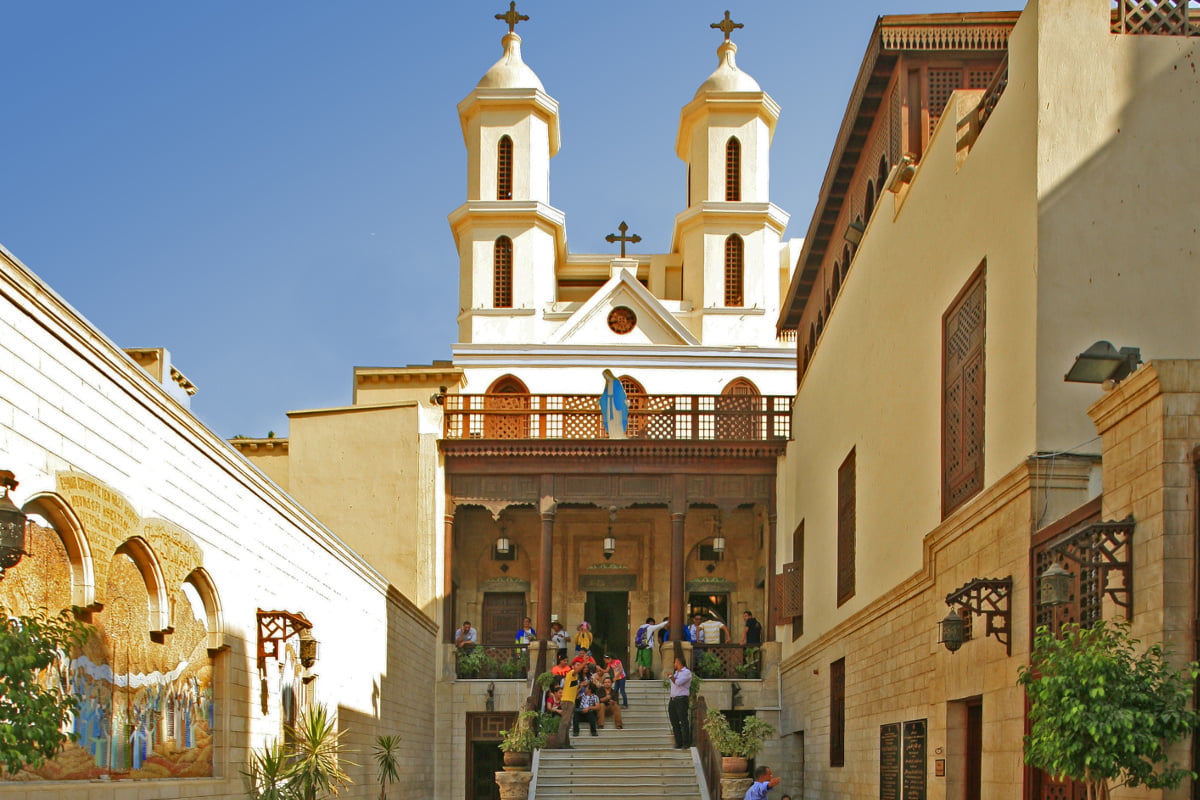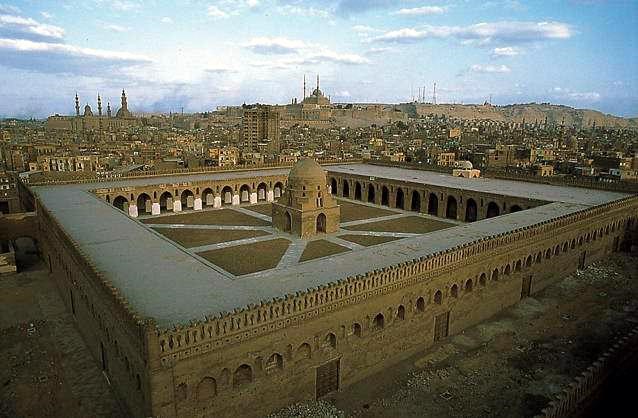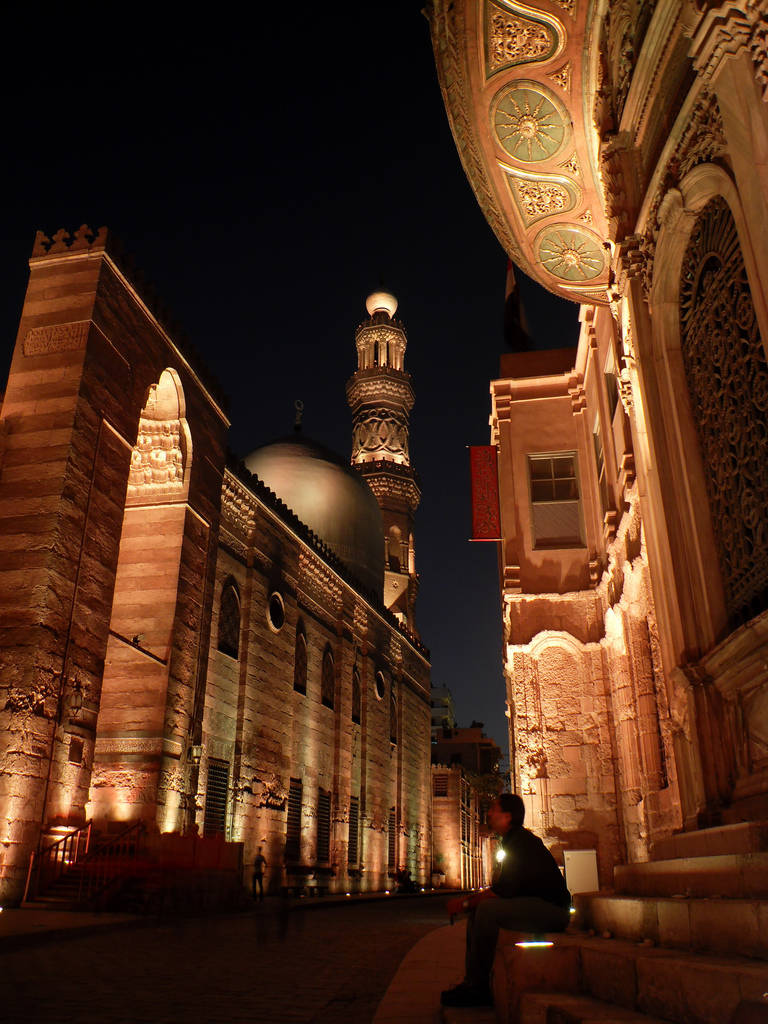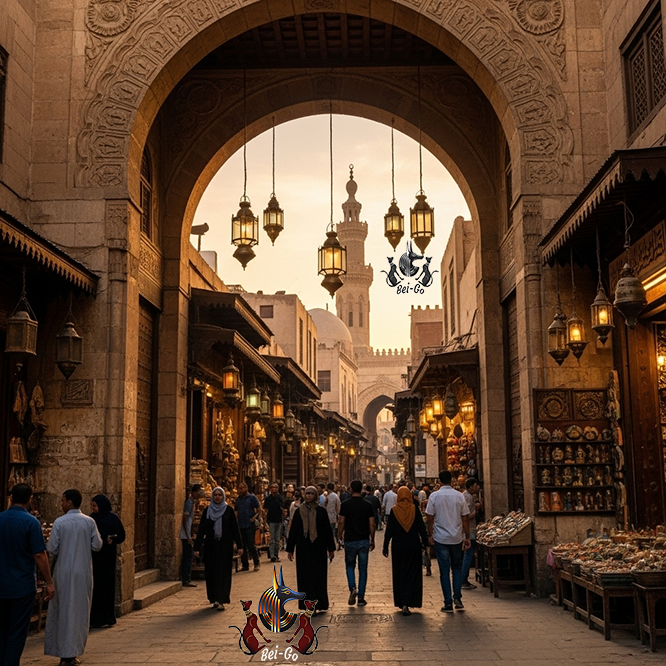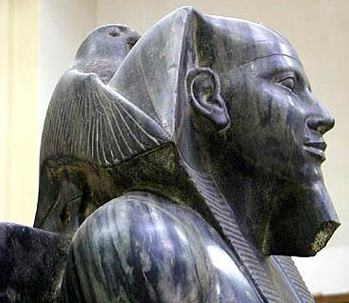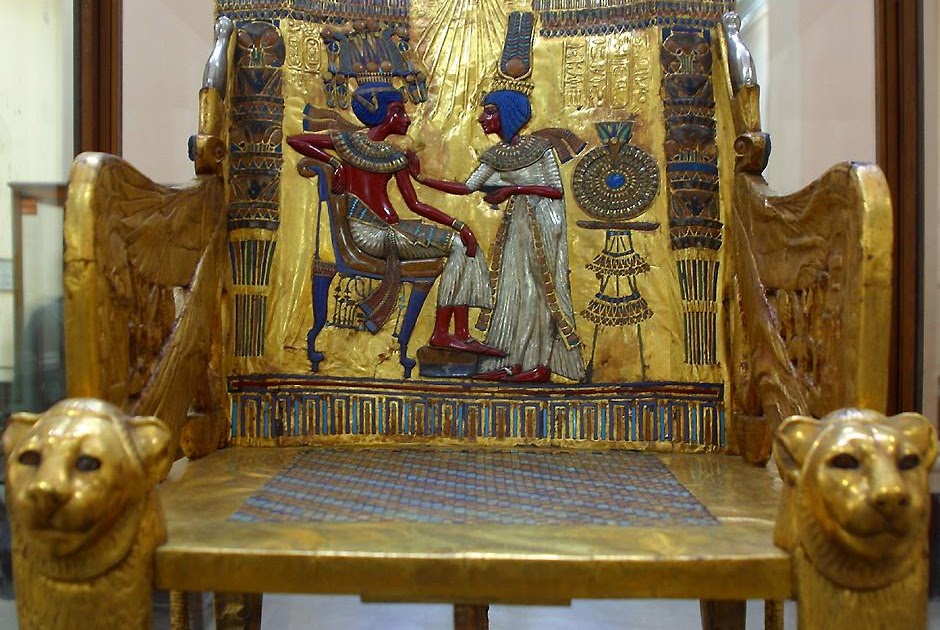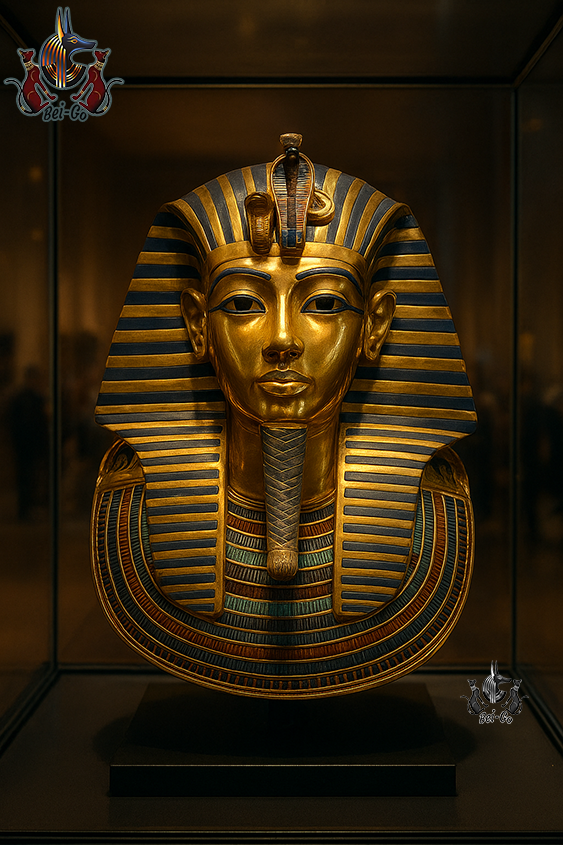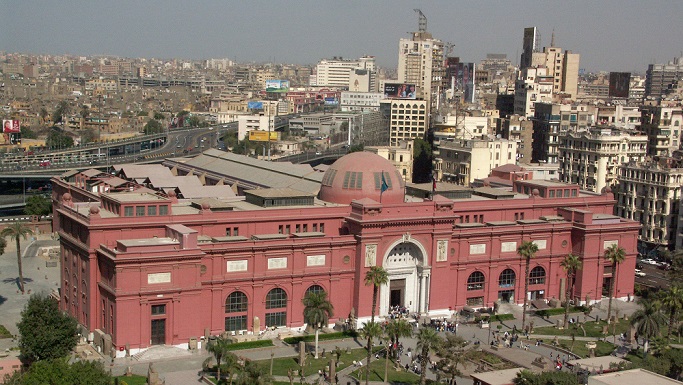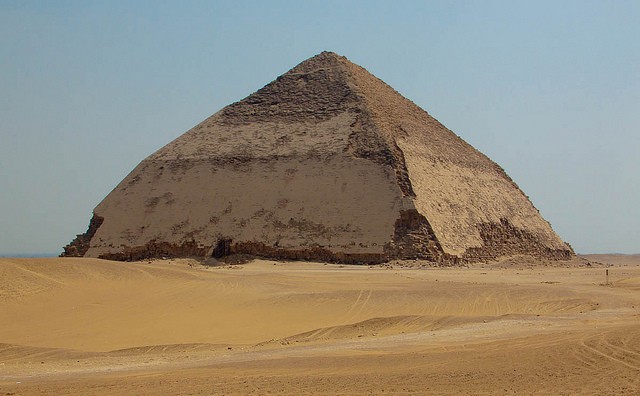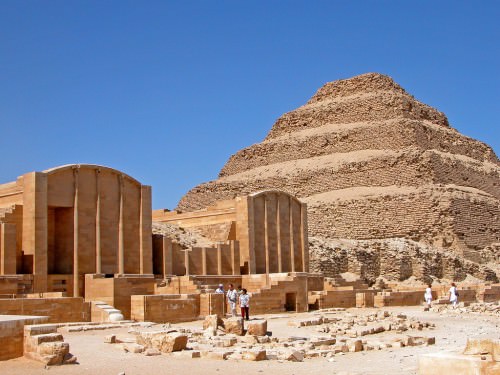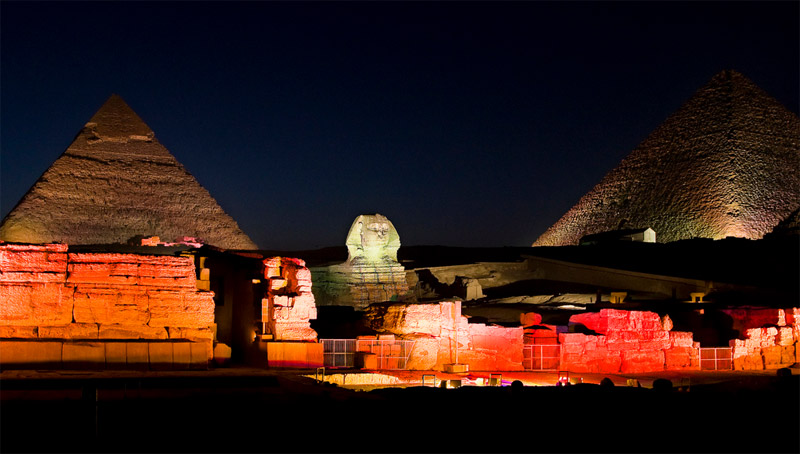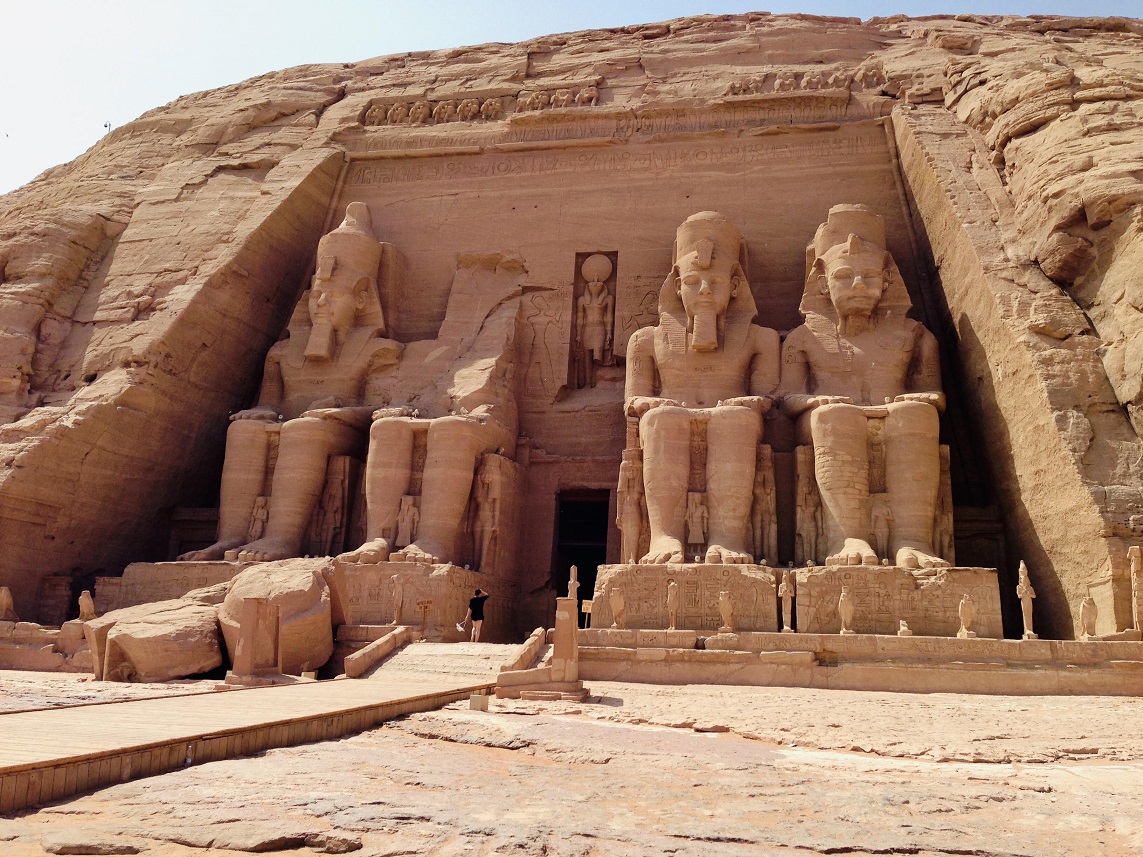
Temple of Ramesses II: The Pharaoh’s Eternal Masterpiece

A Monument of Divine Authority
The Temple of Ramesses II is not just an ancient structure; it is a monumental declaration of power and divinity carved into stone. Constructed during the 13th century BC, this temple symbolizes Egypt’s strength at its Nubian frontier. Unlike ordinary temples, it was created to honor the gods while simultaneously immortalizing the pharaoh as a living deity. Every block of sandstone reflects the ambition of Ramesses II to be remembered not only as a king but as a divine figure. The temple’s location near the Nile reinforced its symbolic role as a guardian of Egypt’s southern border. Travelers visiting today witness a structure that embodies political propaganda, religious devotion, and breathtaking artistry in one. With Bei-Go as your travel guide, you gain expert interpretation of the temple’s spiritual and cultural significance, ensuring the experience goes far beyond sightseeing. This journey allows modern visitors to feel the same awe and reverence once intended for ancient worshippers.
Colossal Guardians of Stone
The first encounter with the temple leaves travelers speechless. Four immense statues of Ramesses II dominate the facade, each nearly 20 meters tall and carved with extraordinary precision. These sculptures were not simply decorative; they were designed to intimidate enemies and impress allies, projecting the pharaoh’s unmatched power across generations. Despite centuries of erosion, their faces still bear the authority of a ruler determined to live eternally in stone. Ancient visitors, approaching from the Nile, would have seen these towering figures long before reaching the temple, a deliberate message of dominance and majesty. Standing before them today, travelers experience the same commanding presence that once defined Egypt’s glory. The artistry of the statues—details in the headdress, the serene yet powerful expressions—invites admiration from historians and tourists alike. Guided by Bei-Go, travelers uncover symbolic meanings hidden in the facade, from the placement of the figures to their connection with celestial order. This context transforms awe into understanding.
Exploring the Sacred Inner Halls
Stepping inside the temple reveals chambers filled with carvings that narrate Ramesses II’s reign. The pillared hall is supported by statues shaped like Osiris, god of rebirth, symbolizing the pharaoh’s eternal life. Walls display detailed reliefs of military triumphs, including the celebrated Battle of Kadesh, where Ramesses portrayed himself as both warrior and savior of Egypt. These artistic narratives were more than decoration—they were carefully constructed propaganda meant to secure the pharaoh’s divine reputation. The deeper one ventures, the more intimate the atmosphere becomes, culminating in the sanctuary. Here sit four statues: Ra-Horakhty, Amun-Ra, Ptah, and Ramesses II himself, an extraordinary elevation of a king among gods. Twice a year, sunlight aligns perfectly to illuminate three of these figures, leaving Ptah, god of darkness, in shadow. This astonishing feat of engineering demonstrates the sophistication of ancient builders. Bei-Go’s expert tours guide visitors through these chambers, interpreting every carving, so the walls speak as vividly today as they did three millennia ago.
The Solar Miracle of Alignment
Among the temple’s many marvels, none fascinates visitors more than the biannual solar alignment. On two specific dates—February 22 and October 22—the rising sun penetrates the temple’s axis to illuminate the sanctuary. Statues of Ramesses II, Ra-Horakhty, and Amun-Ra glow brilliantly, while Ptah remains in shadow, honoring his role as the deity of darkness. This phenomenon is not mere coincidence but an extraordinary achievement in astronomical precision and architectural design. For ancient Egyptians, it symbolized cosmic harmony, linking the pharaoh’s rule to the rhythm of the universe. Today, crowds gather from around the world to witness this spectacle, often described as spiritual and transcendent. Experiencing it firsthand is to share in an ancient celebration of divine order and royal legitimacy. Bei-Go organizes tours that allow travelers to fully enjoy this rare event, providing cultural insights and logistical ease. Guided by experts, visitors experience not only the light itself but the profound meaning behind it, enriching their journey.
Symbolism in Stone and Story
Every inch of the temple is rich with symbolism. Carvings glorify Ramesses II’s victories, projecting him as a conqueror favored by the gods. Inscriptions show him presenting offerings, reinforcing the sacred connection between pharaoh and divinity. Even architectural elements—like the Osirid pillars—emphasize eternal life and resurrection. These features were carefully planned to immortalize the pharaoh as both man and god, guardian of Egypt and child of the sun. For modern travelers, deciphering these images without guidance can be overwhelming. That is why exploring with Bei-Go makes such a difference: experienced guides interpret the symbolism, explain cultural contexts, and reveal hidden layers of meaning. What may appear to be simple decoration transforms into a powerful political message written in stone. By the end of the visit, travelers gain not just admiration for the artistry but an understanding of how Egypt’s rulers used monuments to maintain control, inspire devotion, and ensure their names lived forever.
Endurance Through Time
The Temple of Ramesses II has endured countless centuries, surviving erosion, natural threats, and the shifting sands of history. Its preservation allows scholars and travelers to engage directly with a monument that has remained remarkably intact for over three millennia. Each block, relief, and statue offers insight into the beliefs, politics, and ambitions of the New Kingdom. Modern efforts have ensured that this masterpiece continues to inspire visitors from across the world. For many, standing in its halls is not simply a tourist activity but a moment of deep reflection, bridging the gap between ancient civilizations and modern life. Visiting with Bei-Go ensures travelers experience this legacy fully, with logistical ease and expert narration transforming the journey into something unforgettable. From the grand facade to the innermost sanctuary, every detail resonates with the voice of history. The temple remains a testament to human genius and a symbol of Egypt’s eternal spirit.
Your Journey with Bei-Go
Experiencing the Temple of Ramesses II is more than sightseeing—it is stepping into the eternal narrative of Egypt’s most celebrated pharaoh. Planning such a journey, however, requires expertise, and that is where Bei-Go excels. As a trusted travel agent and guide, Bei-Go combines cultural depth with seamless arrangements, offering travelers tailored experiences that highlight the temple’s wonders. Whether your dream is to marvel at the colossal statues, witness the solar alignment, or walk through sacred chambers filled with history, Bei-Go ensures every detail is handled with care. Their guided tours transform a remote and complex journey into an enriching cultural adventure. Begin planning today at Bei-Go’s official website and unlock the stories that have lived in stone for over 3,000 years. With Bei-Go, your visit to the Temple of Ramesses II becomes not just a trip, but a memory that endures forever.



